Table of Contents
The 1960s was a transformative decade for fashion, characterized by bold experimentation, cultural shifts, and the emergence of new styles that reflected the changing social landscape. This article explores the key dress styles of the 1960s, highlighting their origins, influences, and lasting impact.
The Cultural Context of 1960s Fashion
The 1960s was marked by a cultural revolution that influenced various aspects of life, including music, art, and fashion. This era saw the rise of youth culture, which rejected the conservative norms of previous decades. The decade was defined by significant social movements, including civil rights and feminism, which played a crucial role in shaping fashion trends. As women began to assert their independence and challenge traditional gender roles, fashion became a means of self-expression and liberation.
Iconic Women’s Fashion Trends
The Mini Skirt

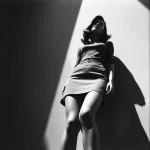

One of the most iconic symbols of 1960s fashion is the mini skirt, popularized by British designer Mary Quant. The mini skirt represented a radical departure from previous styles that emphasized modesty. It allowed women to embrace their bodies and express their newfound freedom. The popularity of the mini skirt was not just a fashion statement; it was also a reflection of the feminist movement and changing societal norms regarding women’s clothing[1][2].
Shift Dresses


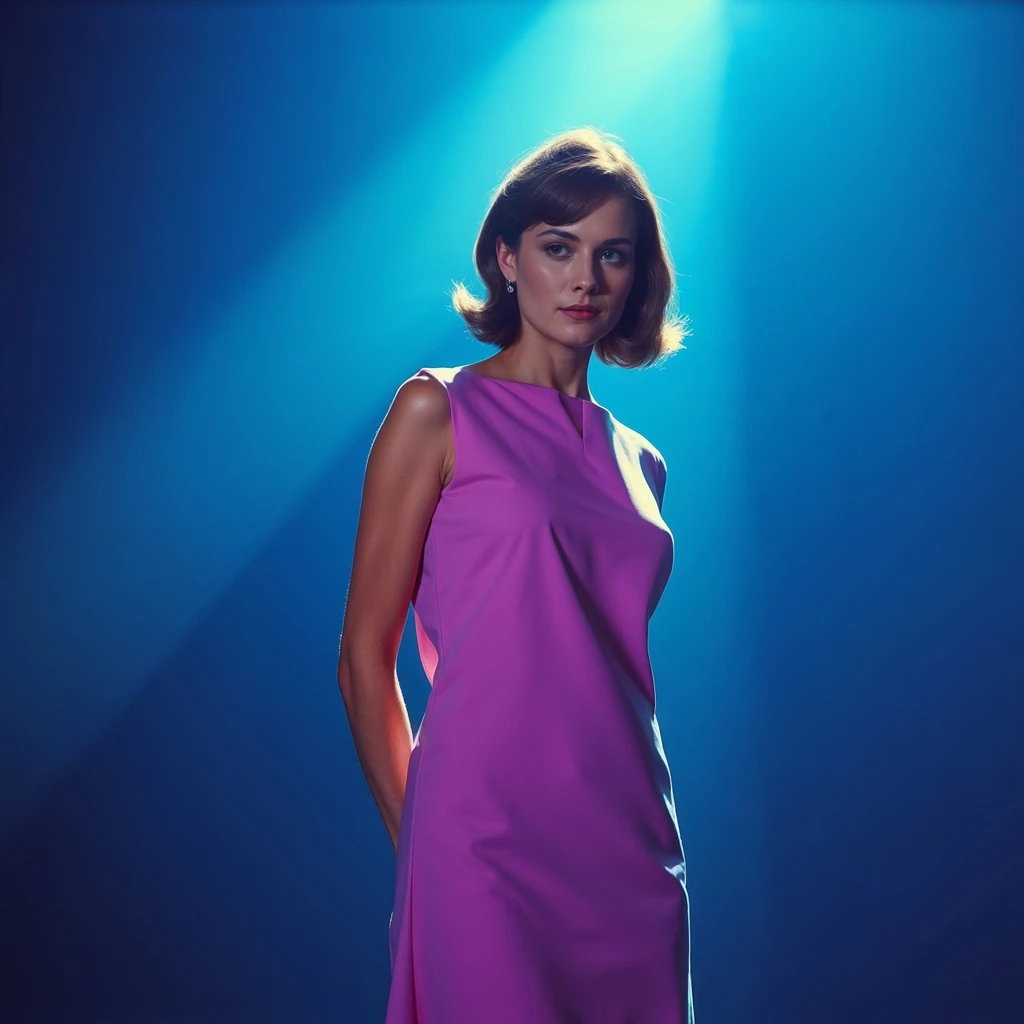
Another defining style of the era was the shift dress, characterized by its simple, straight silhouette that offered comfort and ease of movement. Shift dresses were often made from lightweight fabrics and featured bold patterns or colors. They provided a youthful alternative to the more structured garments of the past and were embraced by women seeking a more relaxed yet stylish look[1][3].
Geometric Patterns and Psychedelic Prints
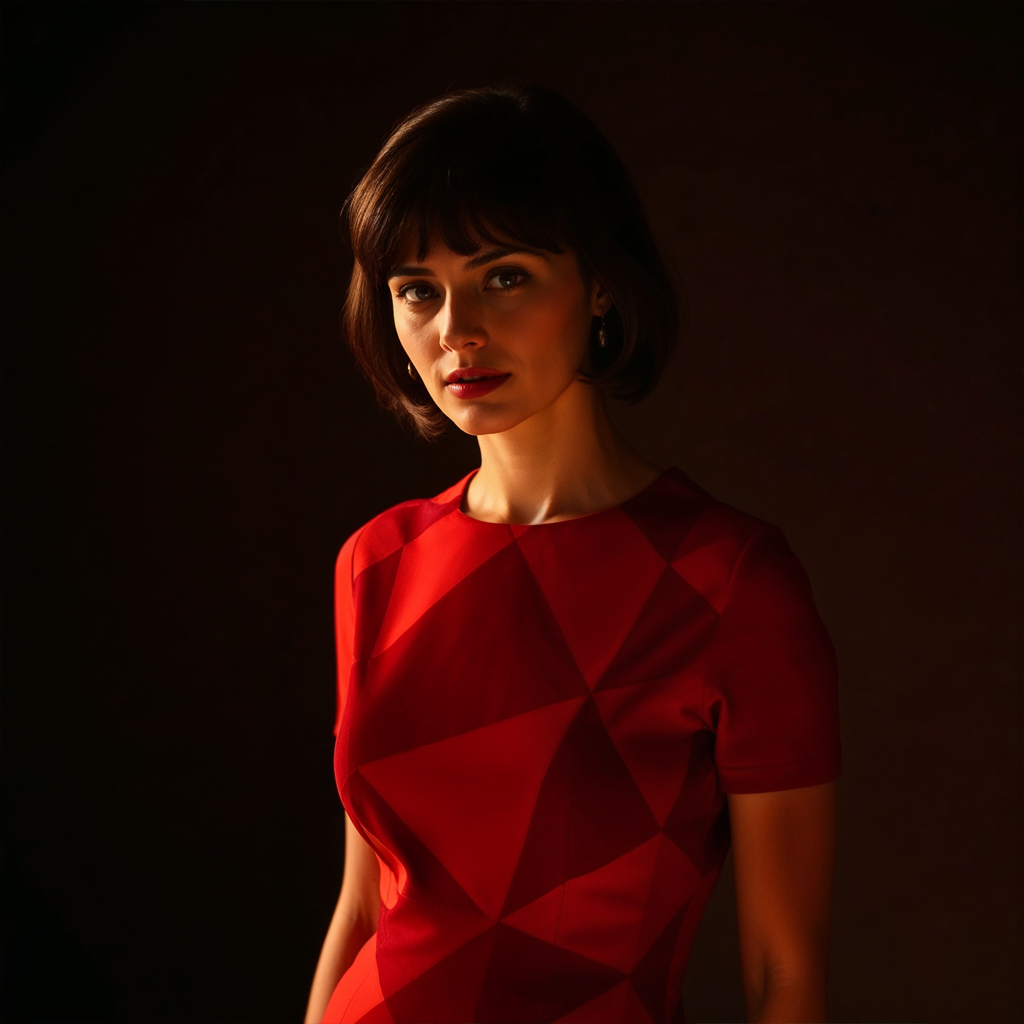

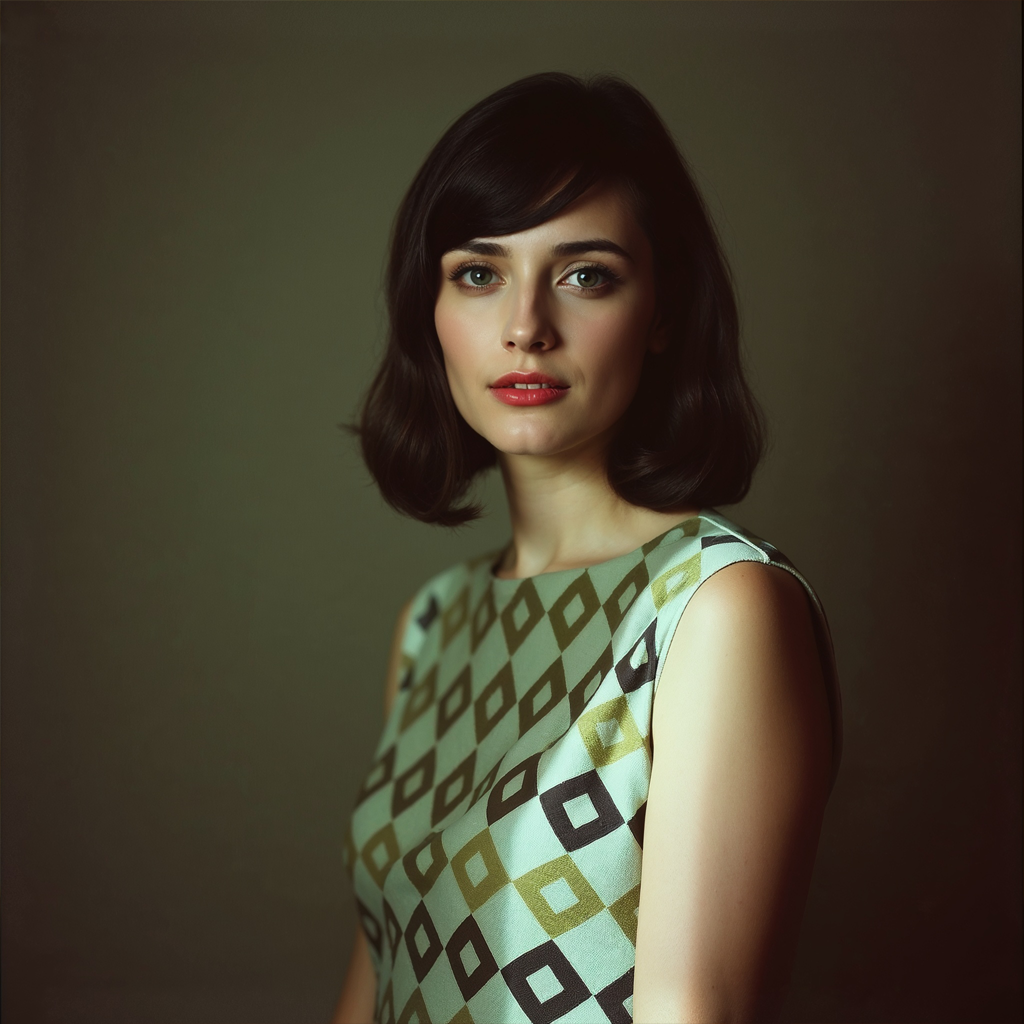
The 1960s also saw an explosion of geometric patterns and psychedelic prints. These designs were influenced by contemporary art movements and reflected the era’s spirit of experimentation. Bright colors, bold shapes, and whimsical motifs became staples in women’s wardrobes, often seen on dresses, blouses, and accessories[2][4].
Hippie Fashion
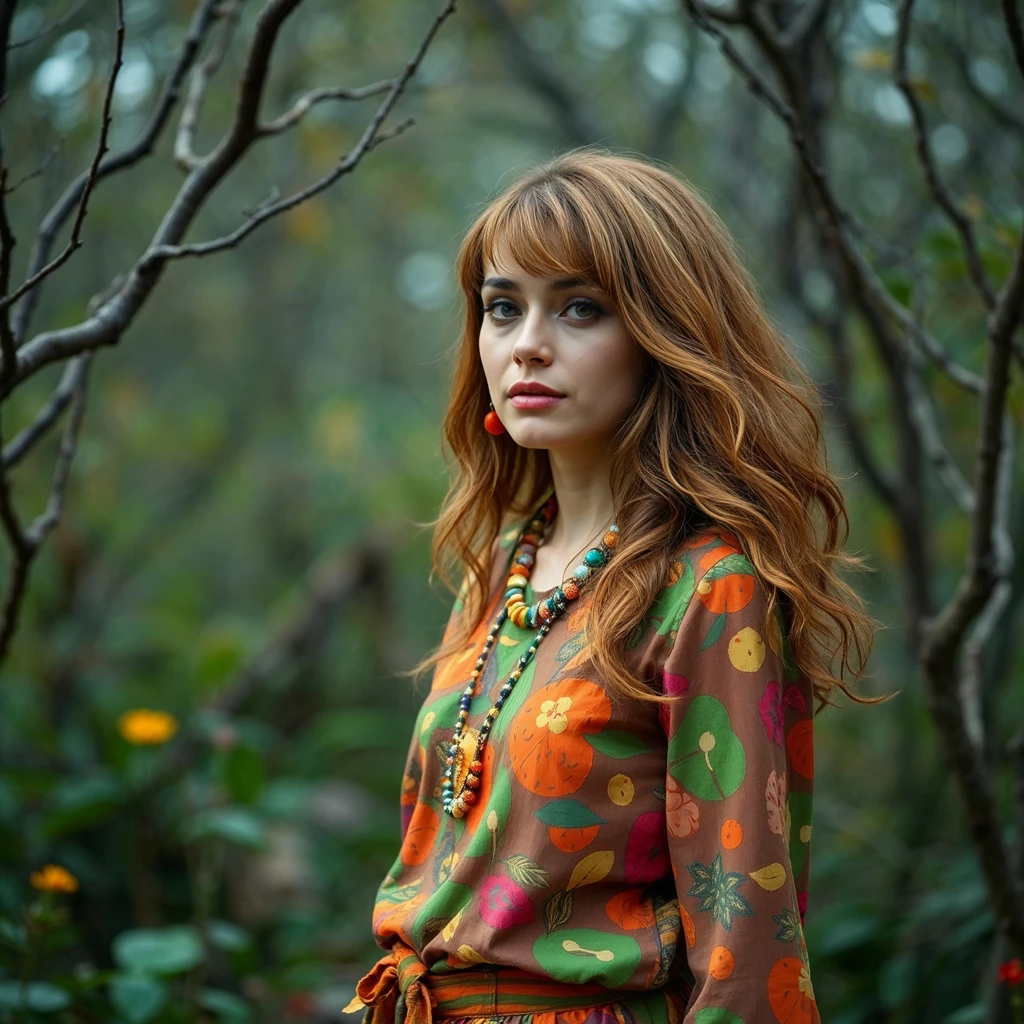
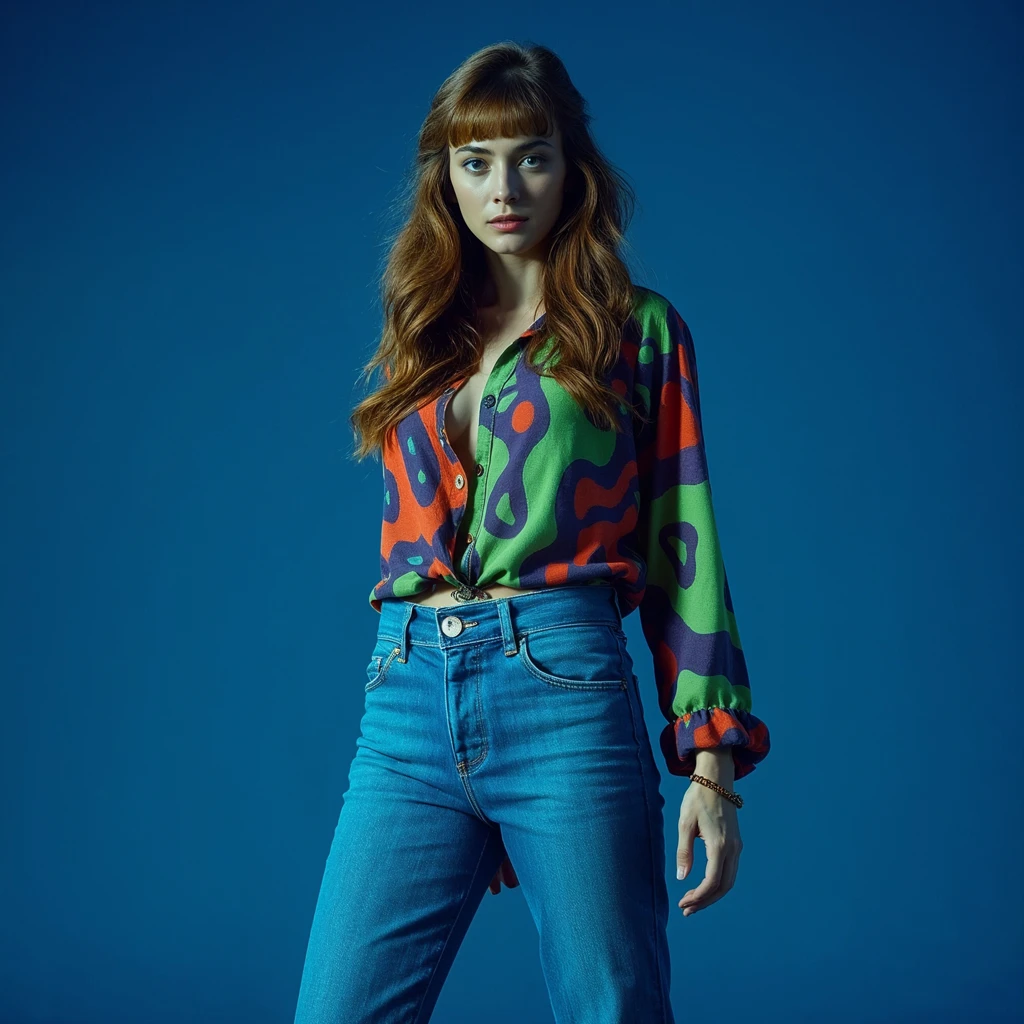

By the late 1960s, the hippie movement emerged as a significant influence on fashion. Hippies favored loose-fitting clothing made from natural materials like cotton and linen, often adorned with tie-dye patterns or intricate embroidery. This style prioritized comfort over formality and embraced ideals of peace and love. The hippie aesthetic included elements such as bell-bottom jeans, maxi dresses, and ethnic-inspired garments that celebrated multiculturalism[3][4].
Men’s Fashion Evolution
Mod Style
Men’s fashion in the 1960s underwent a dramatic transformation as well. The mod style, originating from London’s youth culture, featured slim-fitting suits in vibrant colors and patterns. This style rejected traditional masculinity in favor of a more expressive approach to clothing. Accessories like turtlenecks and bold print shirts complemented this look, making it a favorite among young men[1][2].
Casual Wear
As the decade progressed, casual wear became increasingly popular among men. Denim jeans transitioned from workwear to everyday attire, symbolizing rebellion against conventional norms. This shift reflected broader societal changes as men began to embrace more relaxed styles in their daily lives[1][4].
Influences on Fashion
The fashion trends of the 1960s were heavily influenced by various cultural icons and movements:
- Jacqueline Kennedy: The First Lady’s elegant style set trends for women’s fashion in the early part of the decade, emphasizing tailored suits and classic silhouettes.
- The Beatles: This iconic band not only transformed music but also had a profound impact on men’s fashion with their evolving styles—from sharp suits to more casual looks.
- Twiggy: As one of the first supermodels, Twiggy embodied the youthful spirit of the 1960s with her pixie haircut and strikingly modern looks[2][4].
Conclusion
The 1960s was a pivotal decade in fashion history that broke away from tradition to embrace individuality and self-expression. From the revolutionary mini skirt to the relaxed hippie aesthetic, these styles reflected broader social changes and continue to influence contemporary fashion today. The legacy of 1960s dress styles is evident in modern designs that celebrate freedom, creativity, and diversity in fashion choices.
As we look back at this vibrant decade, it is clear that 1960s fashion was not just about clothing; it was about making statements—both personal and political—that resonated throughout society.
Citations:
[1] https://www.myvintage.uk/ultimate-guide-to-1960s-fashion
[2] https://en.wikipedia.org/wiki/1960s_in_fashion
[3] https://www.fashiongonerogue.com/60s-fashion-trends/
[4] https://www.vogue.com/article/1960s-fashion-history-lesson
[5] https://fashionhistory.fitnyc.edu/1960-1969/



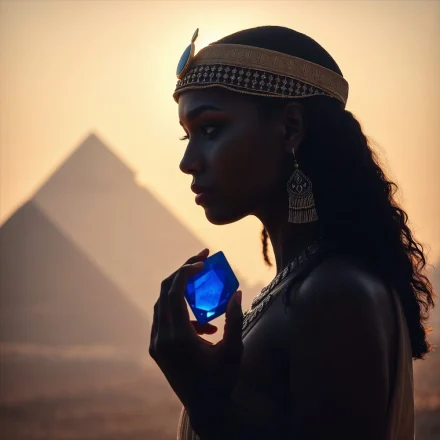








Turn your network into income—apply to our affiliate program! https://shorturl.fm/dcPoP
Promote our brand, reap the rewards—apply to our affiliate program today! https://shorturl.fm/MPWBq
Drive sales, earn big—enroll in our affiliate program! https://shorturl.fm/k9w3z
Partner with us for generous payouts—sign up today! https://shorturl.fm/fUMrx
Promote our brand, reap the rewards—apply to our affiliate program today! https://shorturl.fm/jbRgO
Unlock top-tier commissions—become our affiliate partner now! https://shorturl.fm/FgVGm
Refer friends and colleagues—get paid for every signup! https://shorturl.fm/xfSmc
Start sharing, start earning—become our affiliate today! https://shorturl.fm/n8ROp
Unlock top-tier commissions—become our affiliate partner now! https://shorturl.fm/ktX5d
Join our affiliate program today and start earning up to 30% commission—sign up now! https://shorturl.fm/tuYPt
Start earning every time someone clicks—join now! https://shorturl.fm/zwxMy
Become our affiliate—tap into unlimited earning potential! https://shorturl.fm/eQ29X
Refer friends and colleagues—get paid for every signup! https://shorturl.fm/sEf5A
Become our partner and turn referrals into revenue—join now! https://shorturl.fm/eUfak
Grow your income stream—apply to our affiliate program today! https://shorturl.fm/Ep3Pd
Earn recurring commissions with each referral—enroll today! https://shorturl.fm/SaRhm
Share our products, reap the rewards—apply to our affiliate program! https://shorturl.fm/zE1YK
Your audience, your profits—become an affiliate today! https://shorturl.fm/MiGC0
Unlock exclusive rewards with every referral—enroll now! https://shorturl.fm/ucPqc
Drive sales and watch your affiliate earnings soar! https://shorturl.fm/GCTsh
Boost your earnings effortlessly—become our affiliate! https://shorturl.fm/jxNmL
Monetize your traffic with our affiliate program—sign up now! https://shorturl.fm/p0xL3
Share our products, reap the rewards—apply to our affiliate program! https://shorturl.fm/QsZkU
Earn passive income this month—become an affiliate partner and get paid! https://shorturl.fm/nWZOx
Monetize your traffic instantly—enroll in our affiliate network! https://shorturl.fm/Mfdgr
Earn big by sharing our offers—become an affiliate today! https://shorturl.fm/nX1eK
Drive sales, earn commissions—apply now! https://shorturl.fm/TIqbg
Refer customers, collect commissions—join our affiliate program! https://shorturl.fm/WwCjs
Join our affiliate community and earn more—register now! https://shorturl.fm/jS0zr
Turn referrals into revenue—sign up for our affiliate program today! https://shorturl.fm/ahDrD
Boost your earnings effortlessly—become our affiliate! https://shorturl.fm/MH1g5
Start profiting from your network—sign up today! https://shorturl.fm/DZsqK
Share our products, reap the rewards—apply to our affiliate program! https://shorturl.fm/VMUrs
Unlock exclusive affiliate perks—register now! https://shorturl.fm/2AxVg
Join our affiliate community and maximize your profits—sign up now! https://shorturl.fm/E9FKA
https://shorturl.fm/zKJnT
https://shorturl.fm/AXVEg
https://shorturl.fm/4iYvA
https://shorturl.fm/d5UIa
https://shorturl.fm/8JqGM
https://shorturl.fm/7lTpu
https://shorturl.fm/fWqUj
https://shorturl.fm/DGE7c
https://shorturl.fm/4ncaR
https://shorturl.fm/Ky0RC
https://shorturl.fm/g4Kh5
https://shorturl.fm/AlCmW
https://shorturl.fm/1rWpm
https://shorturl.fm/gE6w0
https://shorturl.fm/jLqc0
https://shorturl.fm/02MNc
https://shorturl.fm/ywRw1
https://shorturl.fm/ProZr
https://shorturl.fm/2u7UD
https://shorturl.fm/uckyF
https://shorturl.fm/lHEEP
https://shorturl.fm/lHEEP
https://shorturl.fm/TJsro
https://shorturl.fm/MTWPQ
https://shorturl.fm/NtSt1
https://shorturl.fm/NMMP4
https://shorturl.fm/PitMh
https://shorturl.fm/gjBmD
https://shorturl.fm/e11rQ
https://shorturl.fm/rBetw
https://shorturl.fm/autZ0
https://shorturl.fm/8xZkd
https://shorturl.fm/IeJhc
https://shorturl.fm/qpng3
https://shorturl.fm/h3xkw
https://shorturl.fm/pD51u
https://shorturl.fm/p2jfU
https://shorturl.fm/9gikJ
https://shorturl.fm/fWoSG
https://shorturl.fm/vb3Wg
https://shorturl.fm/igMeR
https://shorturl.fm/sKXJb
https://shorturl.fm/DtLEE
https://shorturl.fm/nvWjt
https://shorturl.fm/o0WTA
https://shorturl.fm/vDIVw
https://shorturl.fm/JpSF8
https://shorturl.fm/dnSVG
https://shorturl.fm/hokxi
https://shorturl.fm/gFevH
https://shorturl.fm/s6MKQ
me98g7
me98g7
https://shorturl.fm/w1Wsh
https://shorturl.fm/0LUjF
https://shorturl.fm/EtoDi
https://shorturl.fm/HR83m
https://shorturl.fm/NJw1H